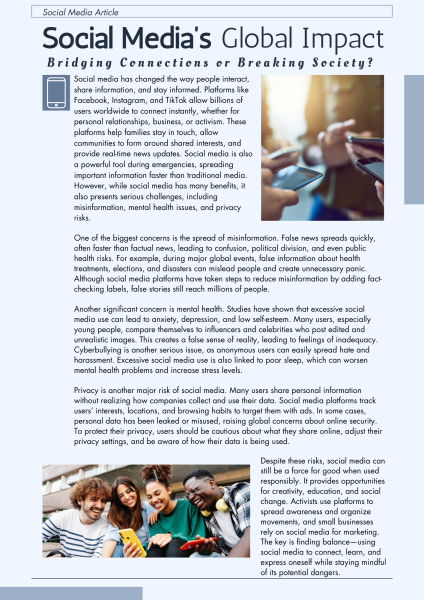The Russia-Ukraine Crisis; Explained For High Schoolers
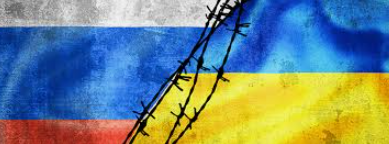
We are living in the era of 24-hour news cycles: constantly updating information, facts changing every few hours, new reports written before context can be given on the last ones. Context is a major issue, especially for the younger generation. Much of what news channels and papers consider “common knowledge” happened years before current high schoolers were even born, let alone able to understand. I’m sure many of my fellow Hauppauge students feel this way about the current Russia-Ukraine crisis. The most recent major event regarding the two countries happened when our oldest seniors were 10 years old. So now, with a war breaking out that has an effect on people across the globe, teenagers feel confused and nervous. The desire to stay informed may conflict with the lack of context about the issues. So here it is, in simplest terms: The Russia-Ukraine Crisis Explained for High Schoolers.
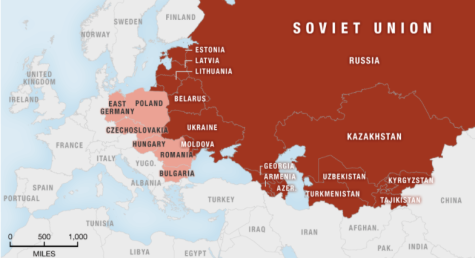 The stock of the issue begins during the Cold War (1947-1989). This was a period of increasing tension between the United States of America and the United Socialist Soviet Republic. The countries had conflicting economical ideals, the US being capitalist and the USSR being communist, but were also both stockpiling nuclear weapons. Both countries were scared to engage in war with one another, but also wanted to be prepared if the other attacked. At this time, Ukraine was a Soviet Republic, a part of the USSR. Aside from Russia, Ukraine was the most populous country, with the strongest agricultural, defense, military, and nuclear industries. When the USSR disbanded in August 1991, Ukraine declared independence. They did this in response to Russia’s cruel and unfair legal system. Leonid Kravchuk was elected Ukraine’s first official president that December.
The stock of the issue begins during the Cold War (1947-1989). This was a period of increasing tension between the United States of America and the United Socialist Soviet Republic. The countries had conflicting economical ideals, the US being capitalist and the USSR being communist, but were also both stockpiling nuclear weapons. Both countries were scared to engage in war with one another, but also wanted to be prepared if the other attacked. At this time, Ukraine was a Soviet Republic, a part of the USSR. Aside from Russia, Ukraine was the most populous country, with the strongest agricultural, defense, military, and nuclear industries. When the USSR disbanded in August 1991, Ukraine declared independence. They did this in response to Russia’s cruel and unfair legal system. Leonid Kravchuk was elected Ukraine’s first official president that December.
The two countries were able to exist separately in some peace for almost 20 years. However, in 2014, Russia invaded and took over Crimea. Crimea is a peninsula on the southern border of Ukraine in the black sea. They began arming separatists in the Donbas region. The separatists are a pro-Russia militia group who were seeking to break the Donetsk People’s Republic and the Luhansk People’s Republic from Ukraine and join them with Russia. These places are in the Donbas region of Ukraine, northeast of Crimea. The annexation of Crimea was the first time a European state took territory from another since the end of World War II.

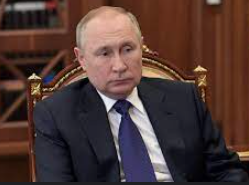 But why is Russia so bent on taking over Ukraine? The Russian government feels they have a right to Ukraine because many people living there are of Russian ethnicity, have Russian family, and/or speak Russian. They want to use Ukraine for its economic and trade opportunities, as well as its natural resources. Specifically, Russia wants control of the Nordstream 2 gas pipeline in Ukraine and the country’s 15 nuclear power stations that account for over half of the energy in Ukraine. Russian President Vladimir Putin claims the invasion was prompted by a genocide of ethnic Russian people in the Donbas region, though there is no evidence of this genocide occurring, now or at any point in history. He has also made false reports regarding nuclear weapons in Ukraine, however there are no new weapons in the country nor has any information regarding nuclear weaponry been hidden from the public. Putin claims to be “de-nazifying” the Ukrainian government, despite the fact that it is led by Jewish President Volodymyr Zelensky. Putin claims “Ukraine has never had its own authentic statehood,” therefore is not a country and can be reclaimed by Russia. This has raised much dissent in European political circles; some people are enraged that Russia is trying to restore boundaries that were redefined decades ago, others are concerned about the precedent this raises. If Russia can retake territory that has been free for so long, who else could?
But why is Russia so bent on taking over Ukraine? The Russian government feels they have a right to Ukraine because many people living there are of Russian ethnicity, have Russian family, and/or speak Russian. They want to use Ukraine for its economic and trade opportunities, as well as its natural resources. Specifically, Russia wants control of the Nordstream 2 gas pipeline in Ukraine and the country’s 15 nuclear power stations that account for over half of the energy in Ukraine. Russian President Vladimir Putin claims the invasion was prompted by a genocide of ethnic Russian people in the Donbas region, though there is no evidence of this genocide occurring, now or at any point in history. He has also made false reports regarding nuclear weapons in Ukraine, however there are no new weapons in the country nor has any information regarding nuclear weaponry been hidden from the public. Putin claims to be “de-nazifying” the Ukrainian government, despite the fact that it is led by Jewish President Volodymyr Zelensky. Putin claims “Ukraine has never had its own authentic statehood,” therefore is not a country and can be reclaimed by Russia. This has raised much dissent in European political circles; some people are enraged that Russia is trying to restore boundaries that were redefined decades ago, others are concerned about the precedent this raises. If Russia can retake territory that has been free for so long, who else could?
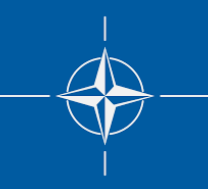 In a more honest assessment of Putin’s desires, he apparently wants to reassemble the Soviet Union. The North Atlantic Treaty Organization (NATO) voiced that Ukraine was a prospective member before Putin’s invasion. NATO is a military alliance made of 28 European countries and 2 North American countries dedicated to providing security to its members, formed in the aftermath of World War II. Putin likely feared that if Ukraine were to join such a large and powerful alliance, Russia would lose its chance of reclaiming the country, and so launched the invasion before that could happen. The invasion is simply a way of Putin demonstrating his power, a way to incite fear of Russia across the globe.
In a more honest assessment of Putin’s desires, he apparently wants to reassemble the Soviet Union. The North Atlantic Treaty Organization (NATO) voiced that Ukraine was a prospective member before Putin’s invasion. NATO is a military alliance made of 28 European countries and 2 North American countries dedicated to providing security to its members, formed in the aftermath of World War II. Putin likely feared that if Ukraine were to join such a large and powerful alliance, Russia would lose its chance of reclaiming the country, and so launched the invasion before that could happen. The invasion is simply a way of Putin demonstrating his power, a way to incite fear of Russia across the globe.

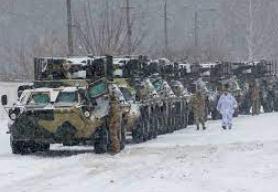 Russia officially invaded Ukraine on February 24, 2022. Since then, Russian forces have been shooting at civilians and protestors, bombing schools and hospitals, destroying bridges and major roads, as well as committing dozens of other horrible acts of violence and aggression in Ukrainian people. Ukraine is a much smaller country and does not have the manpower nor the resources to defend itself. One of the current most common forms of defense is road blockades, set up both by civilians and the military. At these blockades, armed guards, whether civilian or military, check drivers. If they find Russian invaders, they threaten and insult them, sometimes engaging in violence. Many countries and businesses are refusing to trade or do business with Russia in response to their merciless attack. This is causing a price hike for products across the board, but most notably in gas and travel costs. The value of the ruble is also rapidly decreasing.
Russia officially invaded Ukraine on February 24, 2022. Since then, Russian forces have been shooting at civilians and protestors, bombing schools and hospitals, destroying bridges and major roads, as well as committing dozens of other horrible acts of violence and aggression in Ukrainian people. Ukraine is a much smaller country and does not have the manpower nor the resources to defend itself. One of the current most common forms of defense is road blockades, set up both by civilians and the military. At these blockades, armed guards, whether civilian or military, check drivers. If they find Russian invaders, they threaten and insult them, sometimes engaging in violence. Many countries and businesses are refusing to trade or do business with Russia in response to their merciless attack. This is causing a price hike for products across the board, but most notably in gas and travel costs. The value of the ruble is also rapidly decreasing.

At the time this article was written, the USA is trying to maintain minimal engagement with the crisis to avoid greater global conflict while still benefitting Ukraine. There has been discussion of NATO instituting a “No Fly Zone” over Ukraine. This would mean that NATO members could provide aid to Ukraine from the ground and air, but Russia would not be able to aerially attack. Once again, this would cause a global conflict between nuclear powers, which many people fear would lead to mass destruction.
As of now, the Russia-Ukraine Crisis is surrounded by indecision and nerves. But hopefully, this article has made it a little easier for high schoolers to understand.





